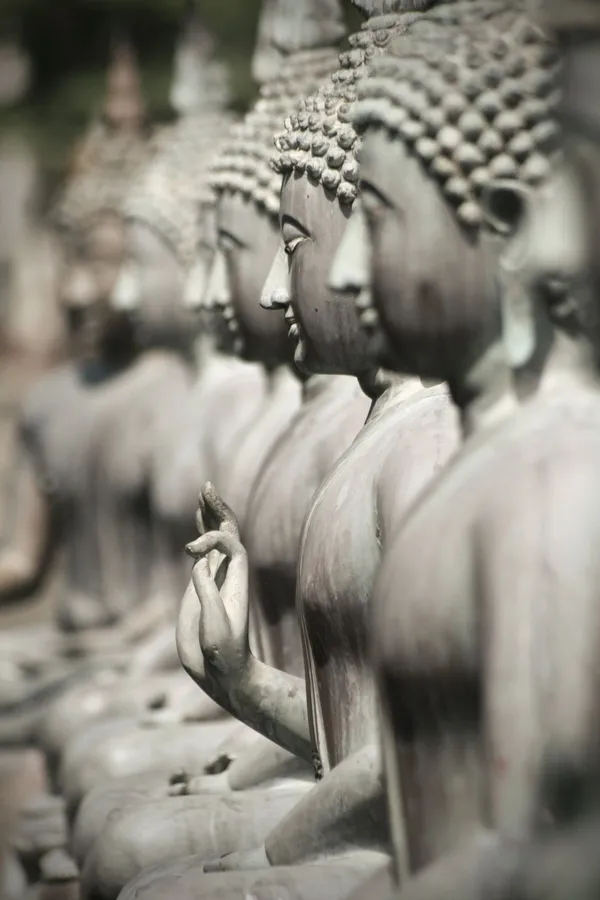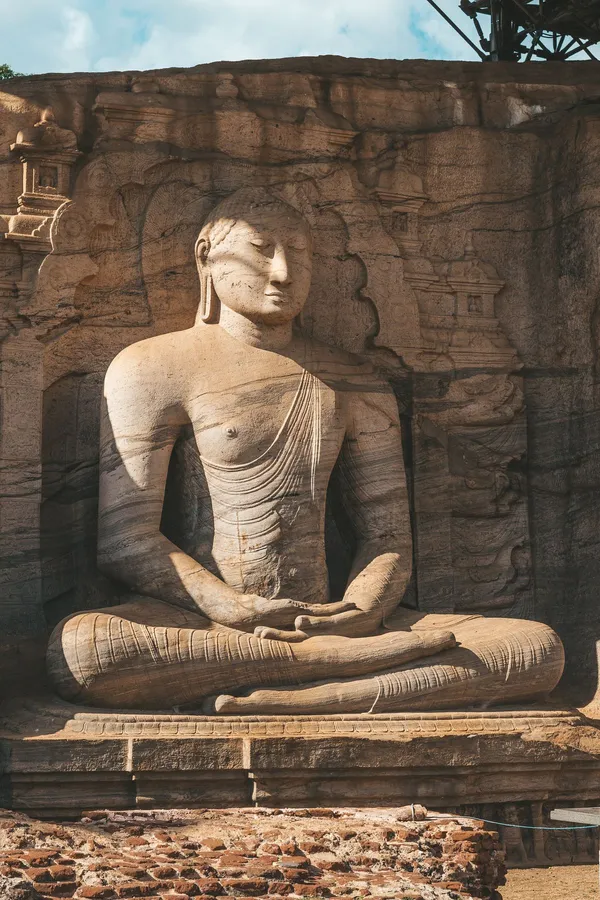Polonnaruwa
Explore the Ancient City of Polonnaruwa

Experiance-Sri-Lanka/ Popular-Destinations/ Polonnaruwa
Immerse Yourself in the Rich History of Sri Lanka
Polonnaruwa, an ancient city with some exceptionally well maintained ruins despite the destruction suffered by invaders, is a must-see stop on any Sri Lanka all-inclusive travel. This ancient city was built in the 12th century by the Sinhala monarch Parakramabahu the 1st and is an incredible urban settlement. The astonishing synergy between its structures and its natural environs testifies to a civilization at its pinnacle, with a firm grasp on aesthetic sensitivity and architectural design. The Chola conquerors from South India who launched successive assaults were Brahmins, but the Sinhalese Rulers were Buddhists. The quiet of the Hindu shrines and Buddhist monasteries reflects the invader's zeal and the defender's determination.

Monasteries that housed Ramanna Desha (modern-day Myanmar) monks attest to the close links that existed between the two Buddhist kingdoms throughout the Polonnaruwa period. The invading Cholas built monuments to their religion, Brahmanism, and temples to Shiva, where beautiful bronze statues were discovered and are now on display at the National Museum in Colombo - a must-see if you are interested in archaeology while on your Sri Lanka vacation. The sacred Bodhi Tree could not be relocated from Anuradhapura when the Sinhala King moved to the new capital of Polonnaruwa. As a result, the Sacred Tooth Relic was designated as the repository of Sinhala sovereignty. The "Atadage," or Temple of the Tooth Relic, is the most impressive structure among Polonnaruwa's ruins. The Gal Vihara, or Stone Reliquary, with its massive rock sculptures is without a doubt one of Sinhalese art's crowning achievements. The island's greatest historical treasures can be found in Polonnaruwa city. It is still very important economically as a contributor to agriculture. King Parakramabahu the 1st constructed the massive reservoir known as the Parakrama Samudraya (Sea of Parakrama) (1153-1186 AD). With its 14-kilometer-long and 12-meter-high retaining wall, the large expanse of water dominates the entire Citadel of Polonnaruwa and its environs. The manmade reservoir covers a surface area of 15 sq.kms.






